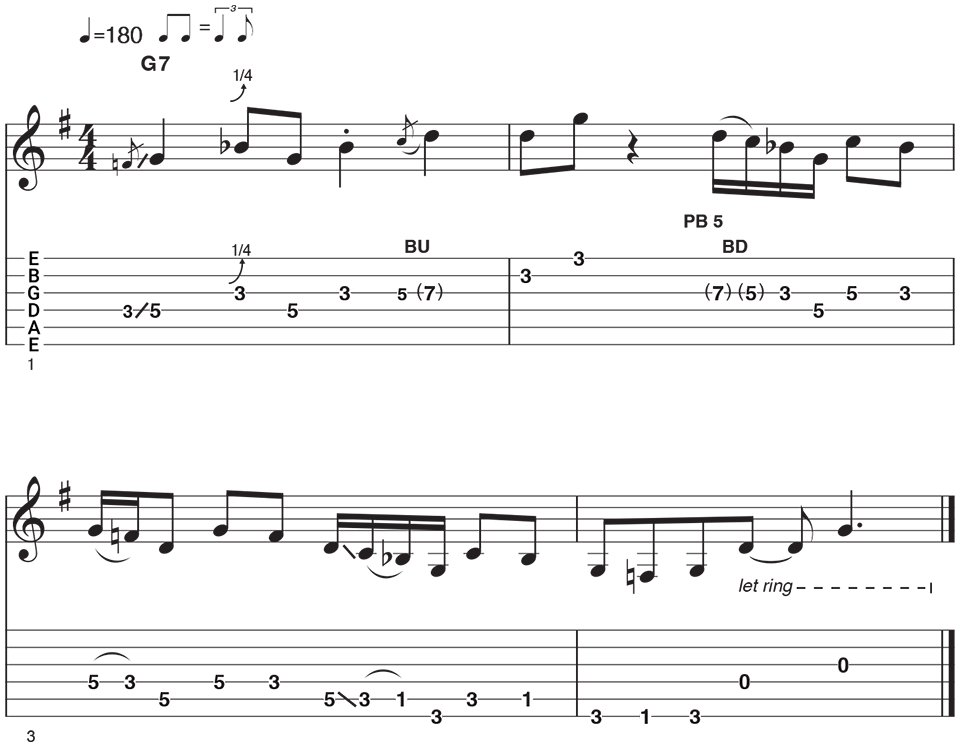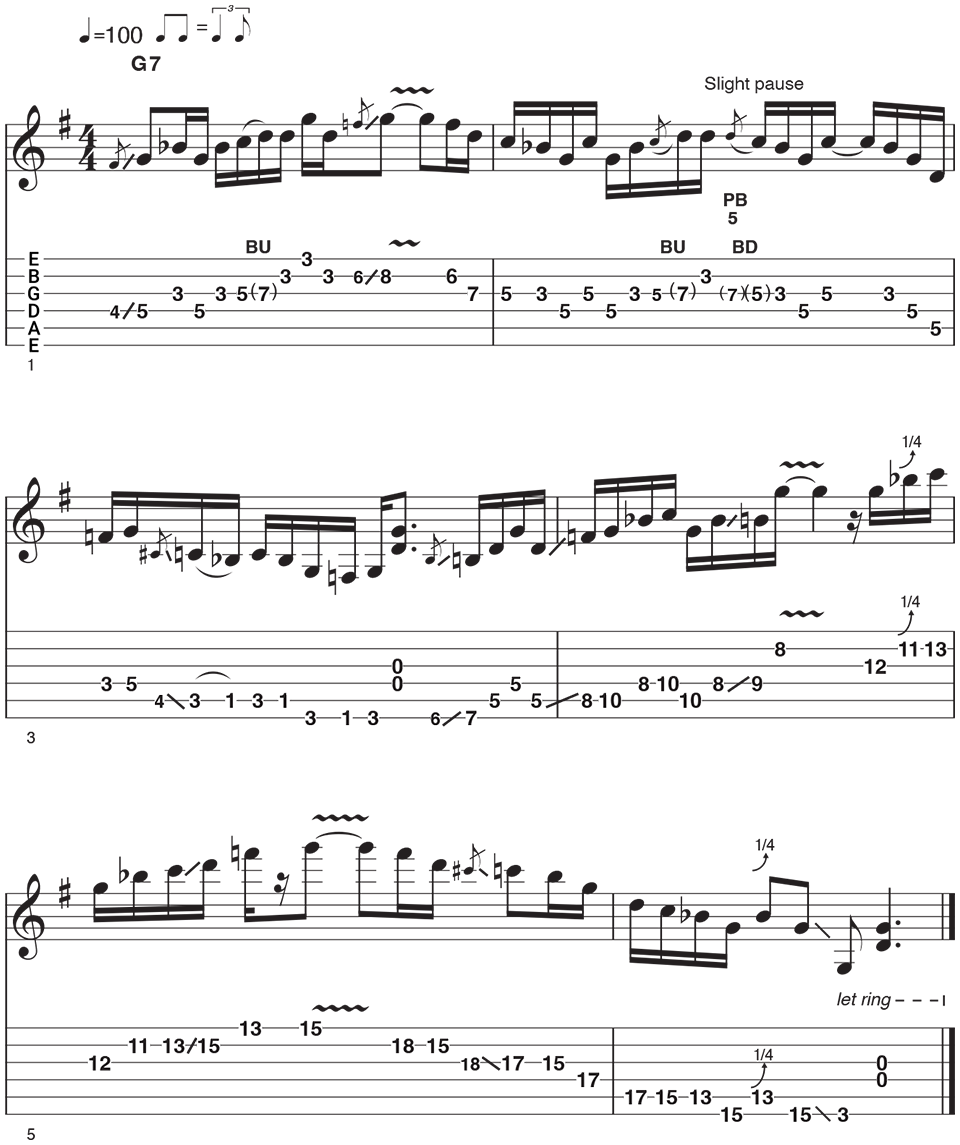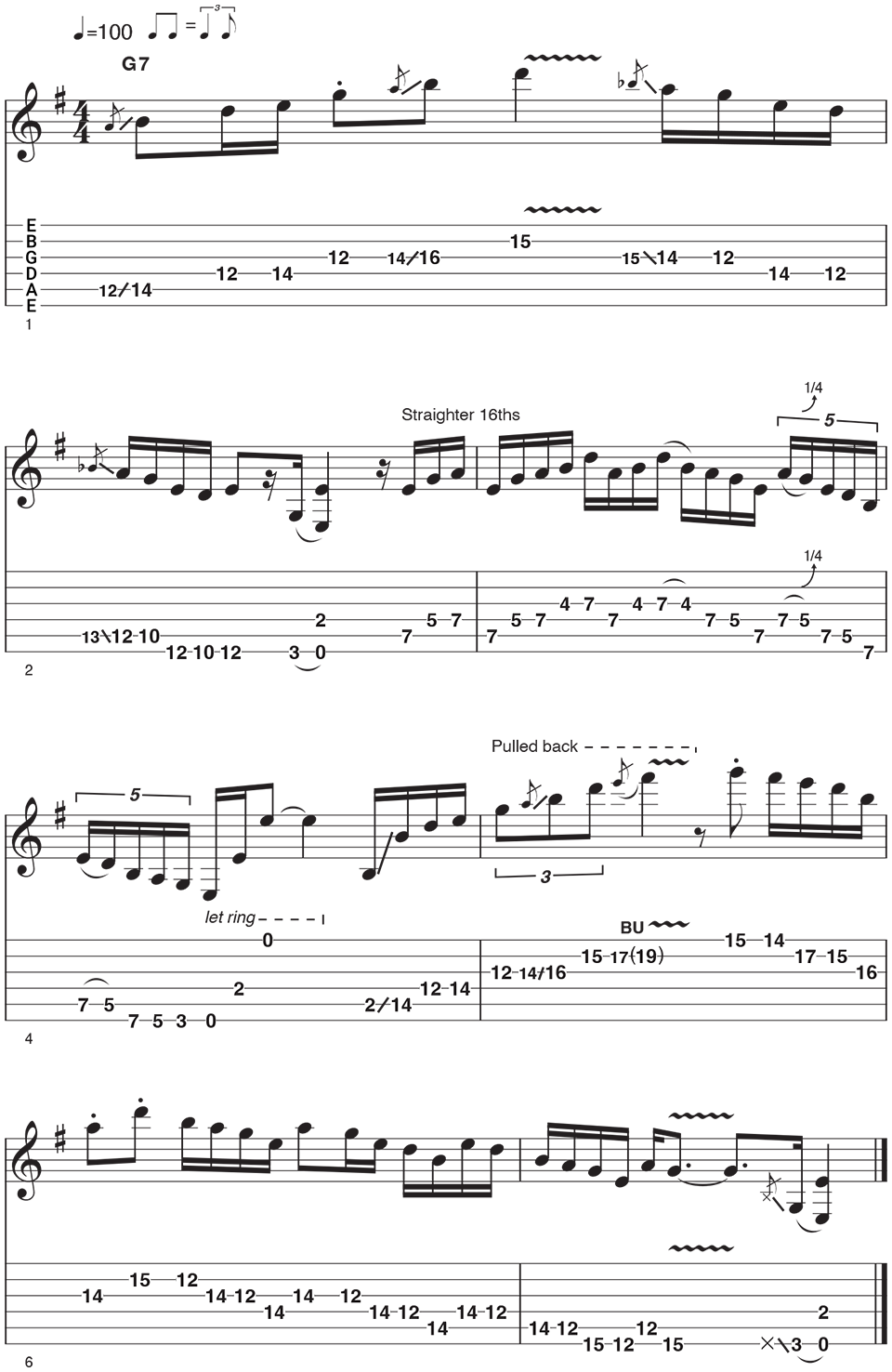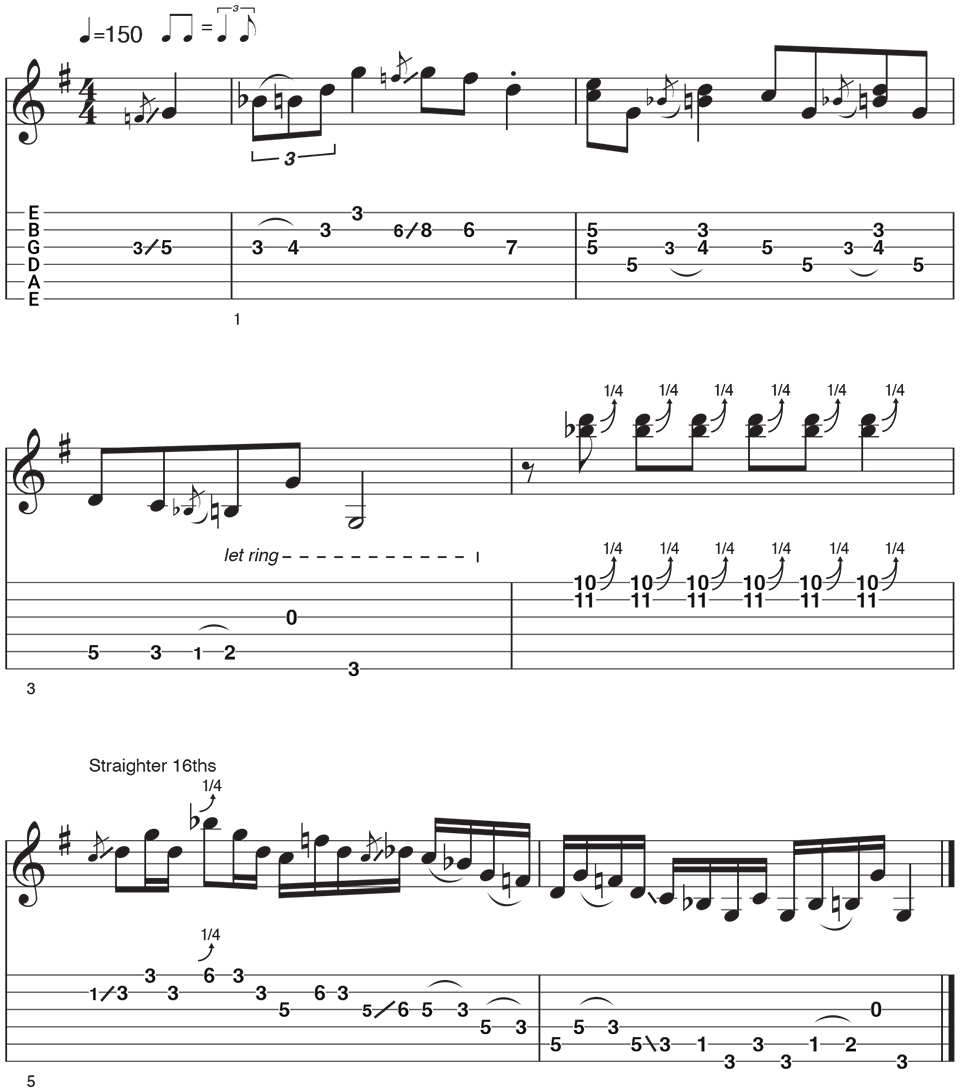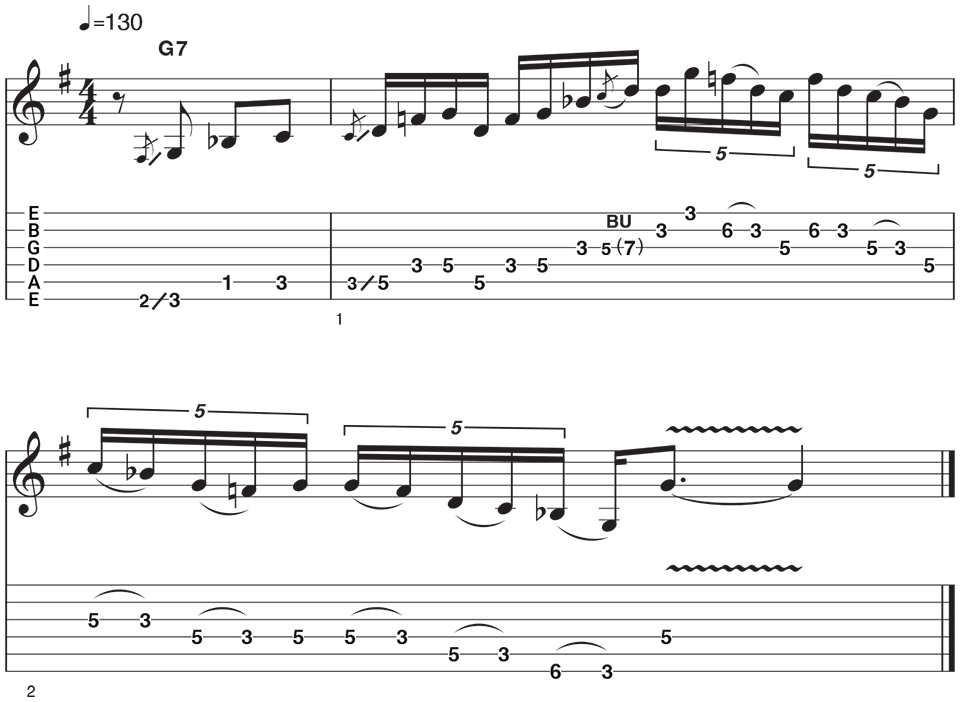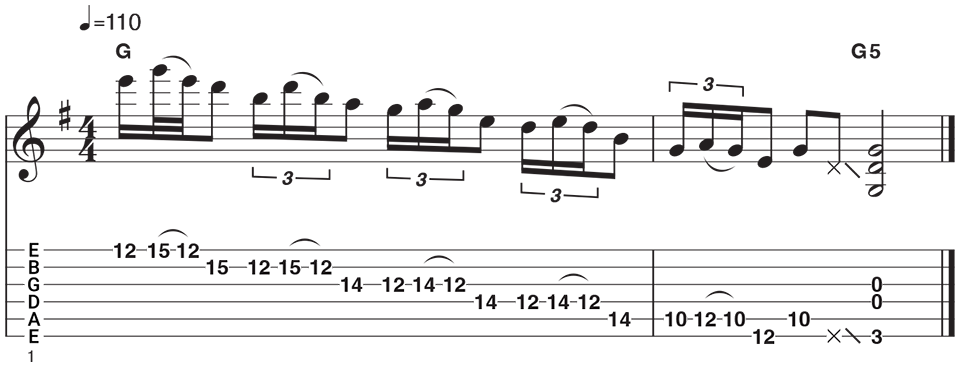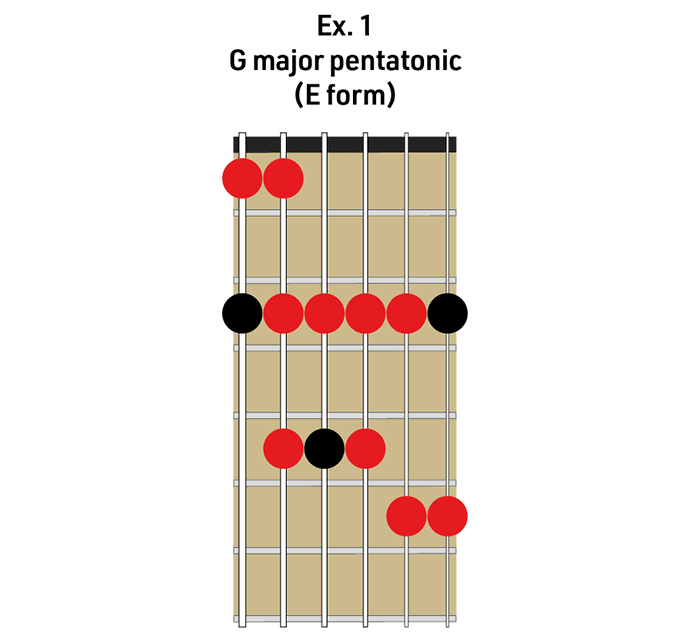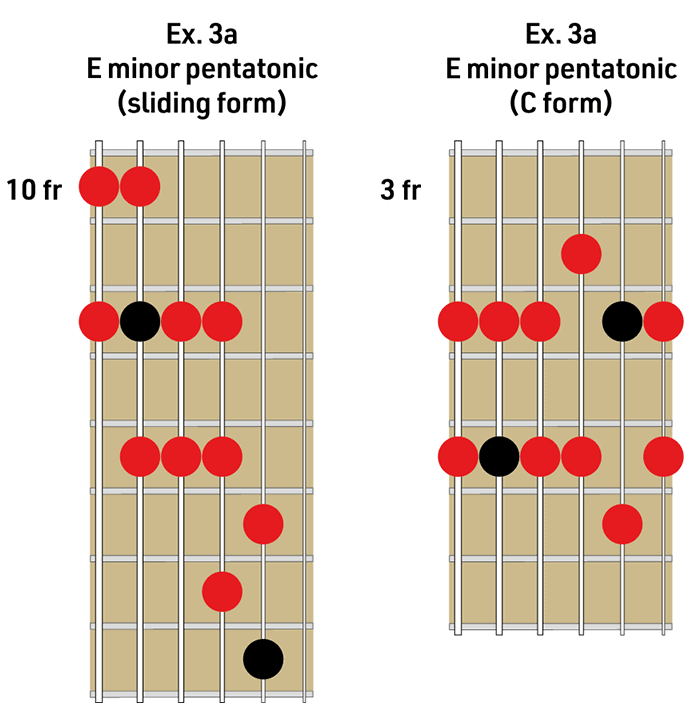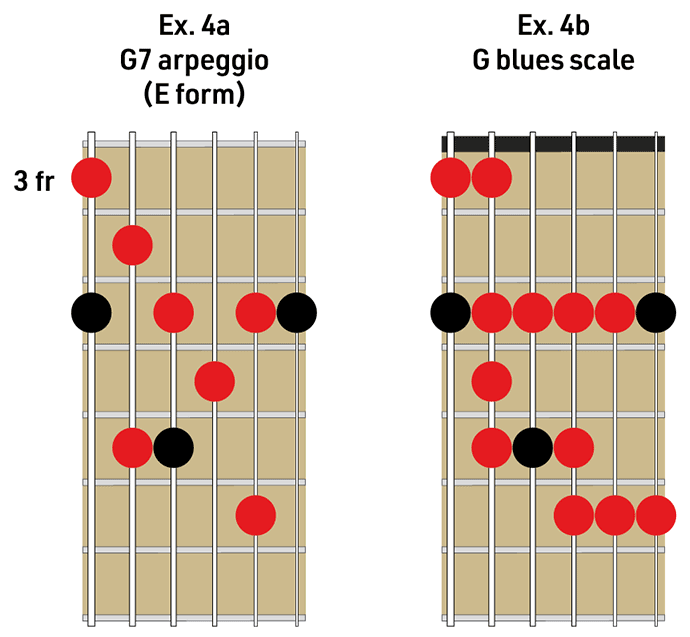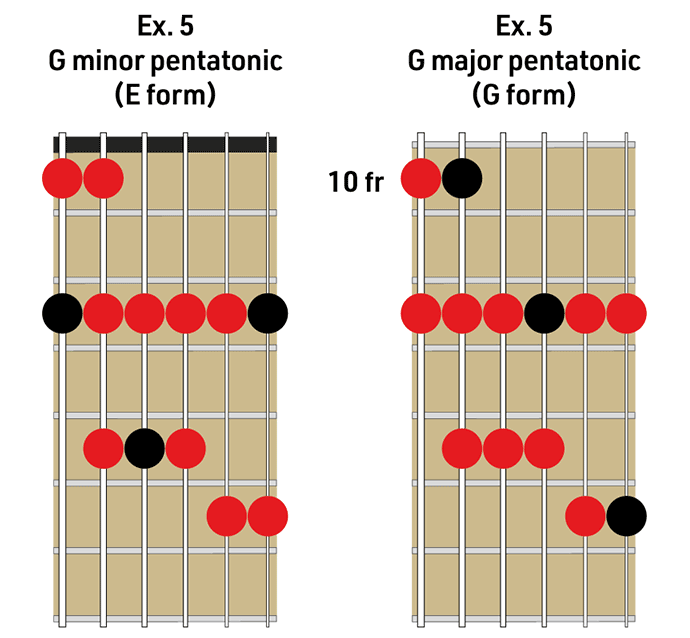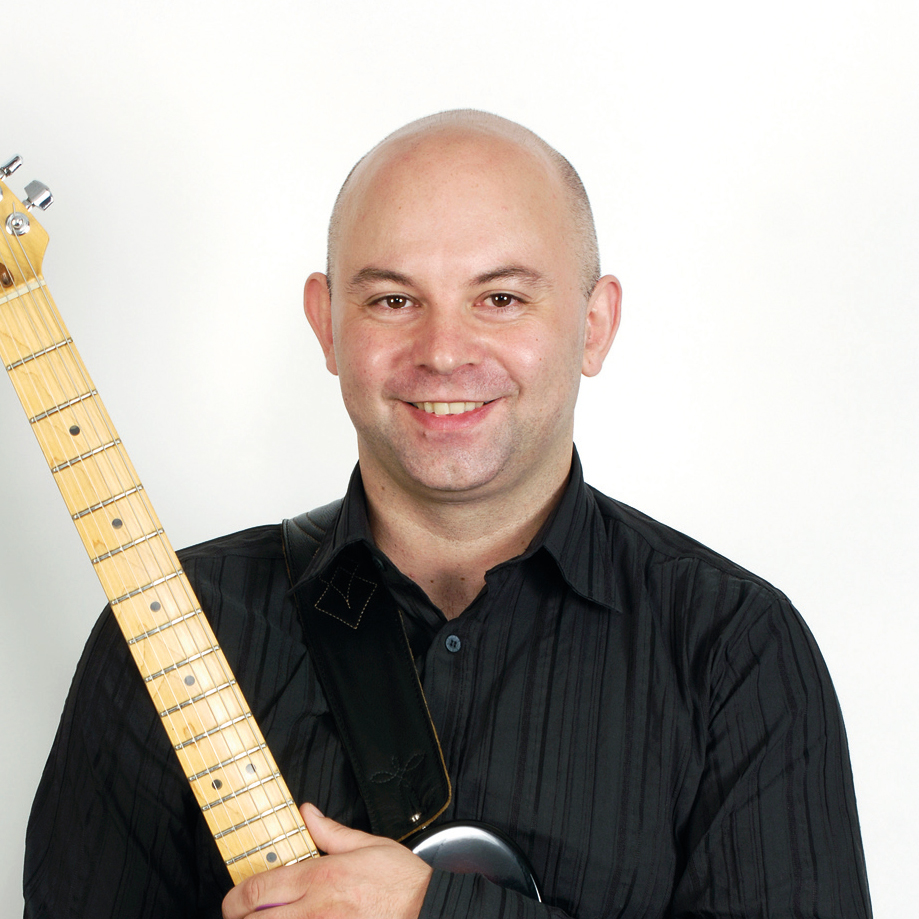“It’s important to know where your guitar lives and find sonically where you want to be. There are some tricks on the guitar that will get you there in a hurry”: Joe Bonamassa shows you how to get more tones from your Gibson Les Paul
The blues hero shares six lead guitar examples that demonstrate the versatility of the Gibson Les Paul’s pickups, volume and tone controls
Joe Bonamassa is one of the most successful and significant guitar players on the blues-rock scene today. If by some chance you’ve never heard him play then imagine a combination of all the finest elements from Gary Moore, Paul Kossoff, Eric Clapton in Cream/Bluesbreakers mode, Stevie Ray Vaughan and Eric Johnson and you’d be in the right kind of area.
Joe balances these and other musical influences with ease, not forgetting the contribution of his own fertile musical imagination, creating a style that is both authentic and original with it.
His playing is super-energetic, endlessly inventive, brash, bold, dynamic and remarkably stylistically broad, varied and colourful. The son of a guitar dealer, Bonamassa Jr got his hands on his first guitar at age four and he’s hardly put one down since.
A self-confessed gear obsessive, Joe is as well known for his extensive guitar and amplifier collection as he is for his music. He also has an encyclopaedic knowledge of classic equipment, and, needless to say, he certainly knows how to get the best from a Gibson Les Paul. One absolute asset that this, and many other classic Gibson models, has to offer is the independent volume and tone control for each pickup.
In our exclusive video, Joe walks us through a selection of settings, using both bridge and neck units independently with a variety of tone and volume settings into a moderately overdriven amp. Scroll down and you'll find tab of everything Joe plays too.
The real fun starts as Joe combines pickups, effectively balancing the proportion of treble to bass pickup by adjusting their relative volume settings. It’s good to notice too how Joe adjusts his dynamic attack, his note selection and his articulation to get the most from each of his sonic choices.
Whilst the note selection throughout is mainly pentatonic, it’s really all about the phrasing, the rhythmic awareness and the tonal control. Joe’s commitment to delivering every note is clearly evident here, producing a sound that has confidence and authority and is full of life.
All the latest guitar news, interviews, lessons, reviews, deals and more, direct to your inbox!
It’s clear that he has spent considerable time searching for these tones just by changing both the way he plays and by constantly adjusting the controls on the guitar in real time as the music changes. This is exactly what we’d encourage you to do also, irrespective of what type of guitar you play. Enjoy the video and have fun searching for those great tones.
Lower fretboard licks
Joe begins with a biting bridge pickup lick implying either a G7 or a G minor tonality using G minor pentatonic scale (G Bb C D F). As is customary in blues and blues-rock, he curls the minor 3rd up slightly, so that Bb is pulled slightly sharp. Note the position shift in the lower octave, allowing Joe's fretting hand to maintain a comfortable tone-gap posture rather than to reach down for the low Bb on the sixth string with the fourth finger.
Travelling the fretboard
Joe tames the treble here by backing off the volume and rolling the tone control back to halfway. From a notes perspective we’re looking at a combination of the G minor pentatonic scale (G Bb C D F), blended with some well chosen chord tones from our implied G7 tonality (G B D F). Joe is clearly aware of all his positional options, as he effortlessly navigates a wide range of the fretboard in a smooth and connected way.
Licks & sequential patterns
Joe switches to the neck pickup, with the tone rolled back for this sequential idea, coming this time from an E minor pentatonic tonality (E G A B D). Here’s he’s freely mixing up small groups of four- and five-note patterns in a various areas of the fretboard. Take note of the mixed rhythmic groupings along the way, as well as the inclusion of the colourful 9th interval, F#, towards the end of the phrase.
Licks in middle and low positions
Turn both pickups up full for this energetic G7 phrase, employing a combination of G blues scale (G Bb C Db D F) and G7 arpeggio/chord tones (G B D F). As is customary in blues styles, Joe moves towards the sweeter sounding major 3rd, a B note in this key, ascending rapidly from its edgier sounding minor counterpart, Bb. Also note the double stop idea in bar 2, introducing the 6th (E), implying more of a major pentatonic (R 2 3 5 6), or even a Mixolydian tonality (R 2 3 4 5 6 b7).
Fast sequencing
For this fast flurry of four- and five-note groupings, Joe’s still using a combination of both pickups, but he’s turned down the neck pickup whilst leaving the bridge turned up high to accentuate the treble bite, but with some additional body. Again, he’s using G minor pentatonic exclusively, but notice how he uses two different locations for the same low minor 3rd Bb, either on the fifth string at the 1st fret or the sixth string at the 6th fret, depending upon the phrase he’s playing.
Note ‘fluttering’
For our final example, Joe emphasises more of the neck pickup, to give more of a fluid flutey tone that sets up these fluttering flourishes perfectly. Take note then when performing triplets, where it’s easiest to pick just the first note and hammer on/pull off the two connecting notes that follow, Joe picks the first two from every set of three, eschewing the initial hammer-on for greater clarity and articulation. Here, we’re hearing these notes in a G major pentatonic context (G A B D E).
Scales and arpeggios
We'll wrap up with a handful of scales and arpeggios for you. They're not specific to each of Joe's tab examples but are employed more generally throughout his playing in our video. Practice the shapes and you'll gain a better understanding of Joe's phrasing.
John is Head of Guitar at BIMM London and a visiting lecturer for the University of West London (London College of Music) and Chester University. He's performed with artists including Billy Cobham (Miles Davis), John Williams, Frank Gambale (Chick Corea) and Carl Verheyen (Supertramp), and toured the world with John Jorgenson and Carl Palmer.

